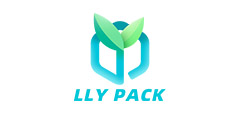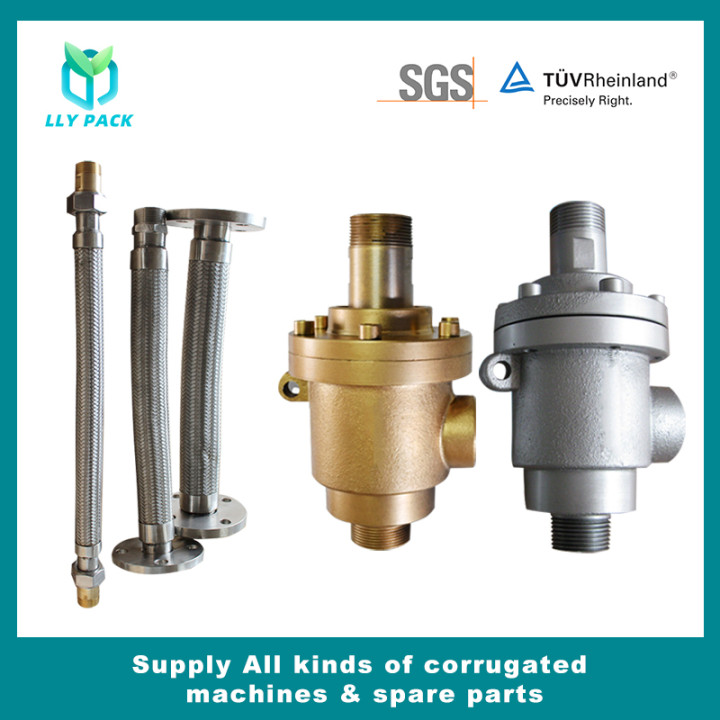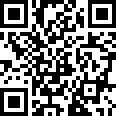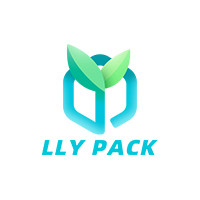After more than 30 years of research and improvement and strong market demand, corrugated flat sheet presses have made considerable progress. Problems such as unstable feeding, large registration errors, difficulty in tuning, ink scraping and dust, etc. have been greatly improved. The degree of improvement can be analyzed by the following structure of each unit:
(1) Feeding part: The traditional paper feeding unit is a push-back type, which often cannot be fed due to the paperboard bending, and the paper feeding cannot guarantee the positioning of the paperboard and thus cause the registration error. After the improvement, vacuum adsorption is used to assist the small area of the adsorption plate or the roller. Although the above disadvantages can be improved, the large area of the cardboard may still cause deviation due to the insufficient contact area. French company Martin developed a large-area suction contact vacuum suction belt feeding system for these shortcomings, which can completely solve these problems and ensure the registration accuracy of the leading edge feed.
(b) Paper powder removal device: The problem of paper powder has been plagued with the printing quality of corrugated boxes. The initial solution was to remove them by brushing and vacuuming, but the effect was not obvious. The main reason was that dust often adhered to static electricity and adhered firmly. On the cardboard. Nowadays, the higher printing quality requirements are all equipped with high-voltage discharge dust removal devices, which first remove the static electricity and then vacuum to improve the dust removal effect.
(3) Cardboard transport: In the traditional printing machine, the paperboard transport between the printing units is carried out by pulling the paper ring. The pull paper ring needs to adjust the position according to the width of the paperboard, and the printed part must be avoided to avoid scratching the ink. In addition, the staged transfer action will affect the accuracy of registration due to the different degree of paperboard bending. BOBST developed the vacuum adsorption transfer system to transport the paperboard by means of vacuum adsorption and roller. The paperboard can be sucked into the machine and transferred to the printing unit stably. There is no periodic beating between the units, which greatly improves the Print registration accuracy, and no need to adjust the draw ring for replacement orders.
(4) Printing ink supply system: Due to the successful launch of ceramic anilox rollers, flexo printing machines can now be used with single-disc scrapers, closed slotted scrapers and other systems in addition to traditional rubber ink rollers. In order to adapt to different printing needs different ink amount and network line density, the flexibility of printing unit is very important. Some manufacturers consider the printing unit to be equipped with a rubber ink roller and a closed groove scraper to accommodate full plates and overprints. The French company Martin's rapid replacement of closed slotted blade systems, with different scrapers can also adapt to full version and dot printing. Swiss Bobst company is an electric replacement of ceramic anilox roller device. The arrangement of two to three sets of anilox roller in each printing unit can be completed within one minute. It can be applied to a wider range of printing, full printing and printing. Up to 120L/inch network overprint.
(5) Drying unit: In order to adapt to the increasing trend of carton printing, more and more four-color or more printing units are available. Under this premise, the drying unit is necessary, one can improve the printing quality, and the other can Increase production speed. In addition, during the process of connection, the drying unit can isolate the printing and post-processing (grooving die cutting) process, so as to avoid the dust entering the printing unit and the vibration affects the printing quality. The quantity and configuration of the drying unit depend on the needs and budget. Bobst's models are designed for multi-color printing and in-line lighting, so hot air drying is configured behind each printing unit, and the last unit is equipped with a UV drying unit to coat UV oil.
The above is only the basic improvement of the corrugated sheetfed printing press, and there are other devices that can be used to further improve the printing quality, such as: independent motors for each unit, ink-moisture monitoring and exclusion of abnormal devices. Carton manufacturers should choose the optimal equipment based on market demand and their own investment budget. It can be foreseen that the trend of multi-color and high-quality printing of cartons is unavoidable. (Yang Changcai, Martin, France)
EnglishEspañolPortuguêsDeutschहिंदी日本語ខ្មែរNederlandsالعربية한국어मराठीMalagasyItalianoPolskiSvenskaελληνικάPусскийภาษาไทยTürkShqipMagyarViệtSamoaМонголMaltiIndonesia FrançaisMelayuҚазақшаYorùbáবাঙালিעִברִיתGàidhligSomaliEesti keelKreyòl Ayisyennorskčeštinaفارسیతెలుగుမြန်မာBosanskiMaoriქართულიRomânăбеларускіУкраїнськаతమిళGaeilgeSuomalainenپښتوລາວհայերենSlovenščinaFilipinoO'zbekÍslenskaייִדישLatviešuGalegoFryskनेपालीKurdîCatalàбългарскиHawaiianHrvatskiਪੰਜਾਬੀWong JawaKiswahililëtzebuergeschisiXhosaEuskalSundaZuluગુજરાતીТоҷикӣ
- Casa
- Chi siamo
-
Elenco prodotti
- Linea ondulata
- Macchina ondulata >
-
Ricambi a macchina ondulata >
- Giunto rotante
- Pettine per il marcatore di scivolone
- Pastiglie dei freni
- Pompa diaframma per colla
- Stripper di carta scarica
- Chuck di espansione
- Tubo flessibile in metallo
- Mola
- Nastro per splicer
- Rullo ondulato
- Lama di taglio
- Cintura di trazione del ponte sopraelevato
- Ruota del sole
- Cintura del trasportatore
- Lama da taglio NC
- Trappola a vapore
- Cilindri pneumatici
- Freno pneumatico
- Air Bellow Spring
- Pompa a vuoto ad anello d'acqua
- Lubrificante a macchina ondulata
- Distanziatore di gomma
- Distanziatore placcato in titanio
- Flexo Stampter Slotter
- Macchina della stampante Flexo >
-
Parti di ricambio della stampante >
- piastra di rame
- PIASTRA DI STAMPARE
- Pompa Aro.
- Pennello in acciaio e ottone
- Filtro in inchiostro
- Doctor Blades.
- Copertura dell'antico
- Lama di slotting.
- Nastro in fibra
- Cornice sospesa
- PET PRESSIONE PET con film
- Cuscino di stampa r e bak
- Ruota di alimentazione
- Un modo portante
- Die board rotary.
- Pompa a diaframma singola
- Blocco finale con condotto a inchiostro
- Diaframma in gomma
- Valvola di Duckbill
- Freno della frizione magnetica
- Striscia di scanalatura sospesa
- Macchina da imballaggio >
- Macchina per cartone >
- Parti della macchina di cartone. >
- Cinture a doppia facciatura.
- Cucitura del sistema di incollaggio >
- Lama di taglio di cartone >
- Lama in acciaio di tungsteno >
- Mola
- Stripper di rifiuti
- Lama della macchina per imballaggio >
- Apparecchiatura pre-pressione >
-
Lama di taglio industriale >
- Lama da sega circolare di taglio delle piastrelle
- Lama della sega da taglio in metallo
- Lama segale da taglio in legno
- Lama segale da taglio del cibo
- Lama da taglio in fibra
- Blade di chipper
- Stampo pieghevole
- Lama per la macchina da taglio vegetale
- Lama sottile in acciaio
- Lama da stampo Tsukatani
- Lama da stampante
- Blade della macchina maschera
- Slitter Rewinder Blade
- Lama tmr
- Lama circolare del tabacco
- Roll Shear Blade
- Coltello dentellato per imballaggio
- Blade a fascia da taglio di carta
- Lame del dottore
- Lama rotonda
- Tre buche lama
- Lama ceramica
- Bastello a banda Blade per tessuto
- Bastello a banda Blade per spugna schiuma
- Bastello a banda per la scissione della macchina
- Lama del coltello a banda per carta
- Porta della lama
- Lama di taglio industriale
- Taglierina
- Smerigliatrice angolare
- Blade Shredder
- V Grooving Blade
- Forbici elettriche
- CNC Machine Blade & Tools
- Lama di trasformazione alimentare
- Notizia
- video
- Contatti
- Invia domanda










